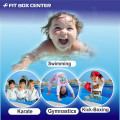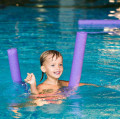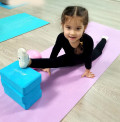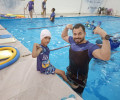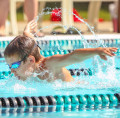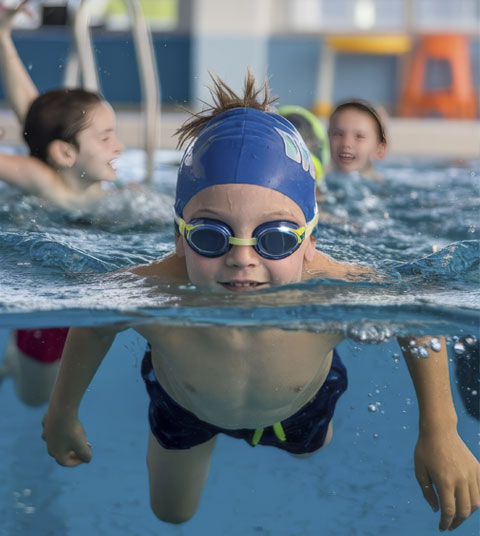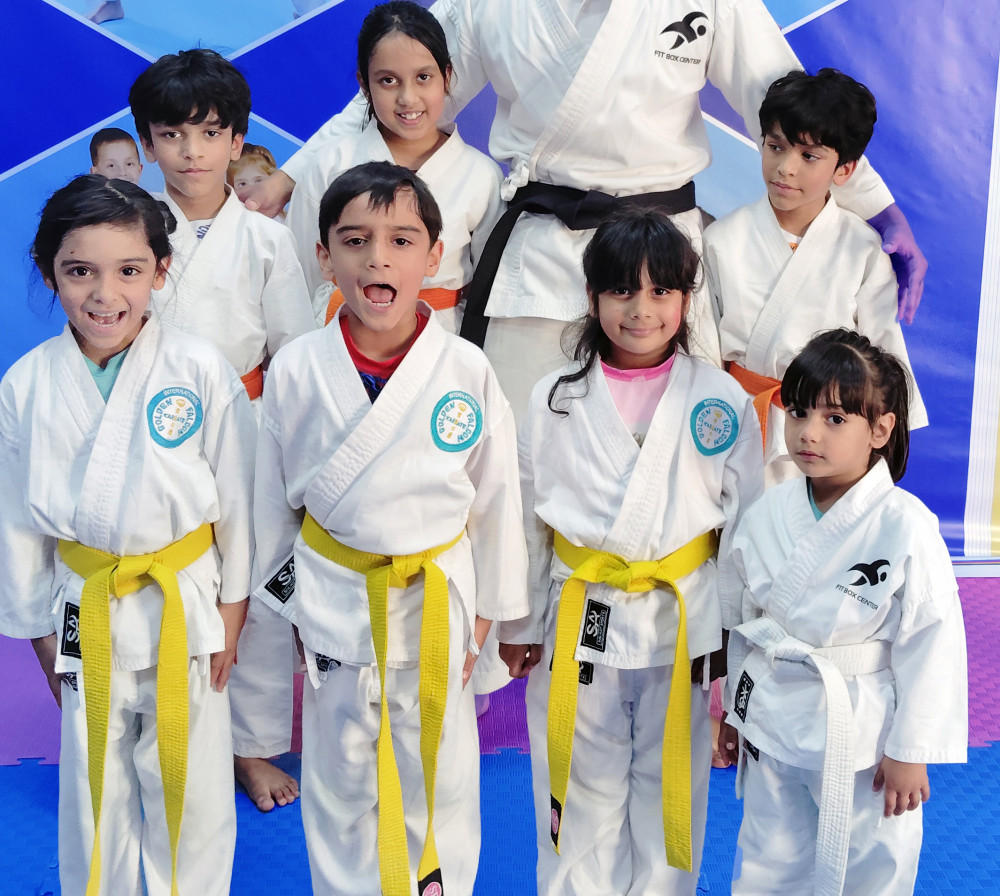
Karate with Emotionally Learning the Kids Yellow Belt
2024-08-07 - karateIntroduction
Karate is more than just a martial art; it's a journey of self-discovery, discipline, and emotional growth. For kids, earning the yellow belt is a significant milestone that marks their progress not just in physical skills but in emotional learning as well. In this article, we'll explore how karate, particularly the journey to the yellow belt, helps children develop both physically and emotionally.
History and Origins of Karate
Karate originated in Okinawa, Japan, and has since spread worldwide, becoming one of the most popular martial arts. It focuses on striking techniques, including punches, kicks, and open-hand techniques, combined with defensive blocking with arms and legs.
Key Principles and Techniques
Karate is built on principles such as respect, discipline, and perseverance. Techniques range from basic punches and kicks to complex combinations and kata (forms). These not only improve physical strength and agility but also mental focus and emotional resilience.
Emotional Learning in Karate
Emotional learning involves understanding and managing emotions, setting and achieving goals, feeling and showing empathy for others, and establishing and maintaining positive relationships. It's crucial for overall development, particularly for children.
How Karate Incorporates Emotional Learning
Karate teaches children to manage their emotions, stay calm under pressure, and show respect and empathy towards others. Through structured training, children learn to cope with frustration, celebrate achievements, and build resilience.
Requirements for the Yellow Belt
To earn a yellow belt, children must demonstrate proficiency in basic karate techniques and principles. This includes mastering certain stances, punches, kicks, and blocks, as well as showing respect and discipline during training.
Physical and Mental Preparation
Preparing for the yellow belt involves regular practice and mental focus. Children must attend classes consistently, practice at home, and develop a positive mindset towards learning and improvement.
Basic Stances
Stances are the foundation of karate. The most basic stance, kiba-dachi (horse stance),teaches balance and stability, which are crucial for executing techniques effectively.
Fundamental Punches and Kicks
Children learn punches like the oi-zuki (lunge punch) and kicks like the mae-geri (front kick). These techniques require precision and control, helping to build strength and coordination.
Blocking Techniques
Blocking techniques, such as the age-uke (rising block) and gedan-barai (downward block),teach children how to defend themselves effectively. These moves also enhance reflexes and timing.
Building Confidence
Karate training is filled with challenges, from mastering a new technique to sparring with a partner. Overcoming these challenges helps children build confidence and a sense of achievement.
Celebrating Small Victories
Every small victory, whether it's perfecting a punch or earning praise from a sensei, boosts a child's confidence. Celebrating these moments encourages continuous effort and perseverance.
Developing Consistent Practice Habits
Karate requires consistent practice. Developing a routine helps children build discipline and a strong work ethic, which are essential for success in any area of life.
Importance of Mindfulness in Training
Mindfulness, or being fully present during training, enhances focus and performance. Karate teaches children to concentrate on their movements, breathing, and surroundings, promoting mental clarity and calmness.
Learning Respect in Karate Dojo
Respect is a core value in karate. Children learn to bow to their instructors and peers, listen attentively, and follow dojo rules. This fosters a respectful attitude both inside and outside the dojo.
Practicing Humility Through Karate
Karate teaches that there is always room for improvement. Even the most advanced practitioners continue to learn and grow. This mindset helps children stay humble and open to learning.
Teamwork and Social Skills
Karate often involves partner drills and group exercises. These activities teach children how to work together, communicate effectively, and support each other's progress.
Building Friendships and Trust
Training together fosters strong bonds among children. They learn to trust their partners, share experiences, and build lasting friendships through their shared karate journey.
Emotional Regulation
Techniques for Managing Emotions
Karate teaches techniques for managing emotions, such as deep breathing and visualization. These skills help children stay calm and focused, even in stressful situations.
Using Karate to Channel Emotions Positively
Karate provides an outlet for children to channel their emotions constructively. The physical activity and mental focus help them release pent-up energy and frustration in a positive way.
Setting Short-term and Long-term Goals
Setting goals is an integral part of karate. Children learn to set achievable short-term goals, like mastering a new technique, and long-term goals, such as earning their next belt.
Tracking Progress and Celebrating Achievements
Tracking progress through regular assessments and belt tests helps children see their growth. Celebrating these milestones reinforces their commitment and encourages them to keep striving.
Supporting Your Child's Karate Journey
Parents play a crucial role in their child's karate journey. Providing encouragement, attending classes and events, and practicing at home can make a significant difference in a child's progress and motivation.
Encouraging Positive Reinforcement at Home
Positive reinforcement, such as praising efforts and celebrating achievements, boosts a child's confidence and enthusiasm for karate. It helps them feel supported and valued in their journey.
Applying Karate Principles in Daily Life
The principles learned in karate, such as respect, discipline, and perseverance, extend beyond the dojo. Children can apply these values in school, at home, and in their interactions with others.
Conclusion
Karate, with its blend of physical training and emotional learning, offers children a holistic path to personal growth. The journey to the yellow belt is more than just mastering techniques; it's about building confidence, discipline, respect, and emotional resilience. By embracing these lessons, children can navigate their karate journey with strength and grace.
.


